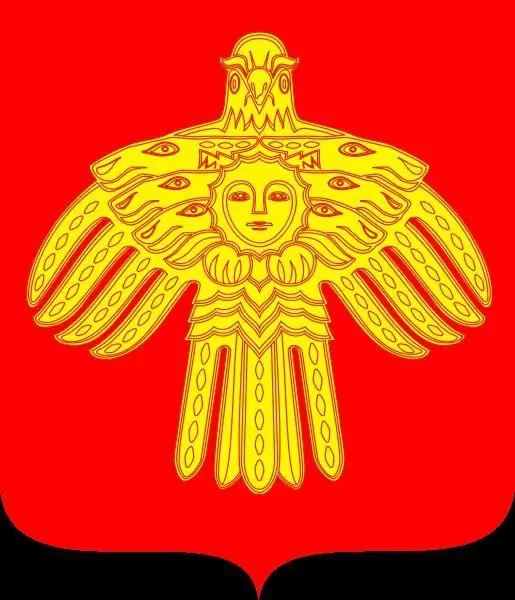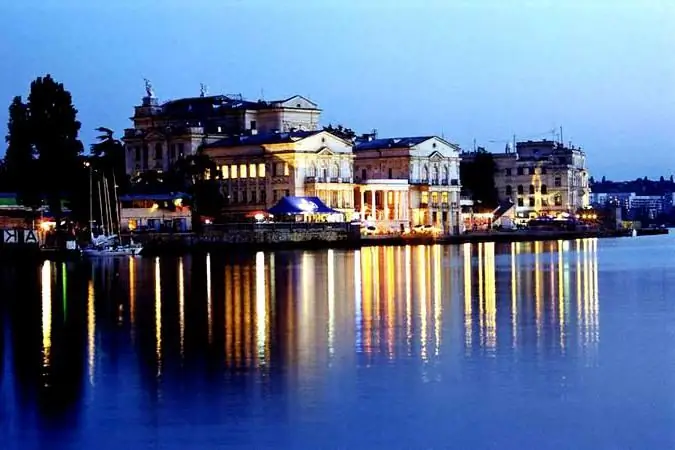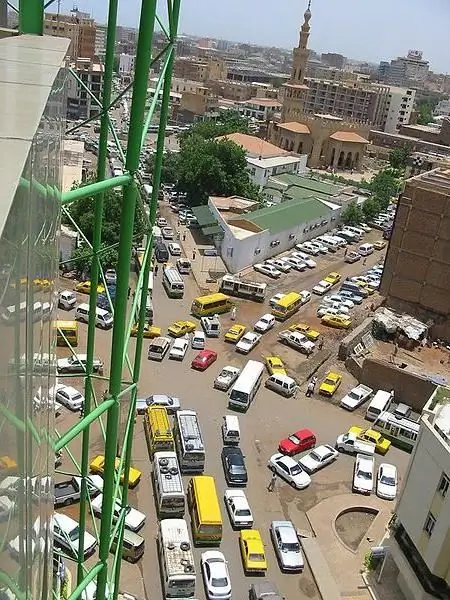- Author Harold Hamphrey [email protected].
- Public 2023-12-17 10:06.
- Last modified 2025-01-24 11:10.
The capital of the Congo is a city with a hard-to-remember name Brazzaville. It is also the cultural and industrial center of the country. The capital of the Congo, the photo of which, unfortunately, can rarely be found in the photo albums of our tourists, is located on the right bank of the river of the same name.

The area around Brazzaville is teeming with diverse wildlife, including giraffes, antelopes, cheetahs, crocodiles, as well as numerous snakes and birds.
The capital of the Congo is a fairly large city by African standards and has about 1 million inhabitants. Basically, the ethnic composition of Brazzaville includes representatives of African peoples (Bateke, Bakongo, Mboshi and others), but a small percentage of Americans and Europeans also live here.
Brazzaville traces its history back to 1880, when a French military post was established here. Those times are characterized by the active development of the territory of the Congo by the French and their attempts to establish total control over some parts of Africa. To achieve their goals, the French needed a reliable fortification on the Congo River.
Very quickly, the city became the largest trading center, and after a fewyears became the administrative center of the French colony in the Congo. In 1960, the colony gained independence and became known as the Republic of the Congo, whose capital still remained in Brazzaville. The official language here is French, but Bantu languages are also widely spoken.

Today, the capital of the Congo is the real cultural center of the country. The largest number of both primary and secondary schools is concentrated here. In addition, vocational schools and the National University, opened in 1972, function in the city. There are also two institutes in Brazzaville: the Pasteur Institute and the Institute for Central African Studies. The capital of the Congo also has the National Museum, which conducts extensive educational work, and the National Theater of the Republic, which complements the cultural life of the local population.
As for the architecture of the city, here you can find a unique and quirky combination of modern and traditional African buildings. The list of architectural and historical sights of Brazzaville includes the Cathedral Church of St. Anne, built in 1949, the Air France building, an airline hotel, a stadium, a lyceum, and a four-story bank building.

During your stay in Brazzaville, be sure to visit the cascade of waterfalls of the Congo River. If you are a fan of water sports, be sure to visit the nearby rivers - Niare, Kuilu and Dzhue.
To buy souvenirs you can visit as a localnumerous shops, as well as the crafts center, located in Poto Poto, which is an exhibition-fair of works of applied art by local craftsmen. For the best pottery and wickerwork, it is recommended to go to the villages of Makana and M'Pila, which are located just three kilometers from the city.






